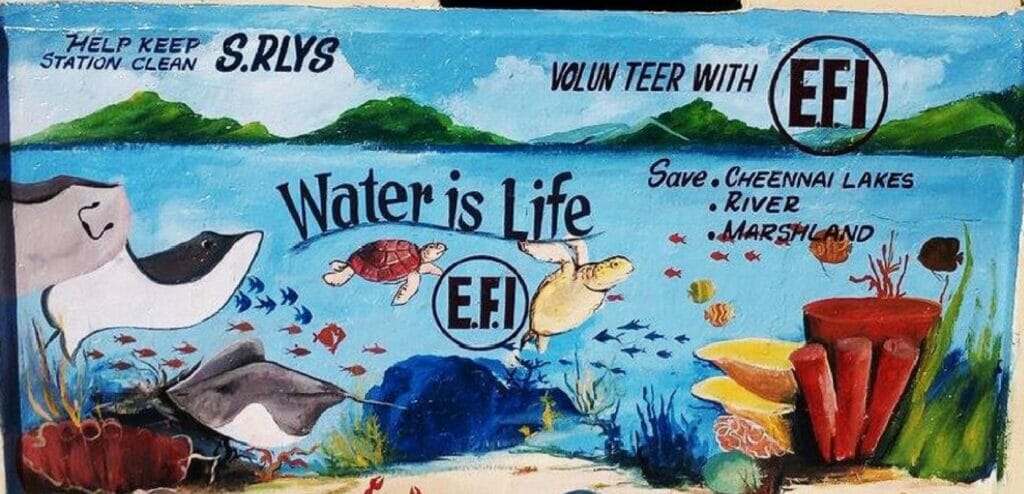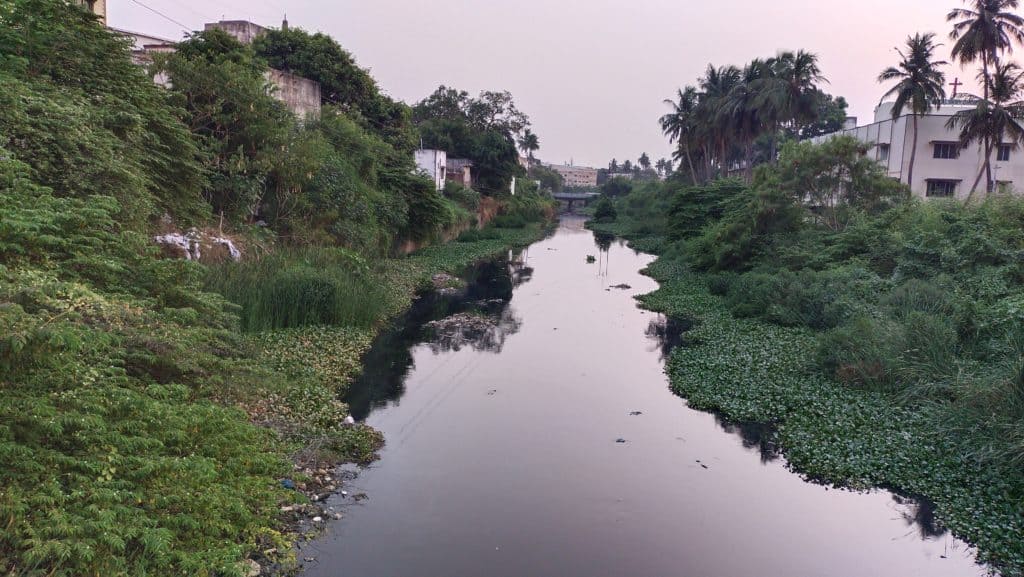People make a landscape their city and their home. Garden City, Victory City, Steel City and many such identities are rightfully linked with urban centres across the country. When there is a mention of the most rainfall, our mind immediately travels to our middle school textbook pages that introduced us to Cherrapunjee.
Water is said to be an element of nature with a memory. Often, the best of our memories of nature also happen to be related to water. The first time the waves crashed at our feet, the first time we took a dip in that meandering river, the first time the plunging waterfall refreshingly hit our head, or every time the first drop of rain hit the parched land below, all of these water memories represent joy.
If there’s one urban landscape in India that can call itself the Water Capital, it has to be Chennai.
Read more: City of 1000 Tanks unveils vision for a water-rich Chennai
The lakes of Chennai
Madambakkam, Sithalapakkam and Perumbakkam are not just suburban neighbourhoods, but 200+ acres of large lakes in South Chennai.
Morai, Mittanamalli, Kollappanchery, Sathangadu, and Ariyalur are equally large water pockets of North and West Chennai.
Mega Manimangalam Lake, the sole survivor of that epic battle to the Poondi reservoir, is a testament to human resilience.
Most urban centres the world over celebrate a handful of their freshwater bodies. Only Chennai can parade various types, sizes, and shapes of a never-ending list of freshwater bodies across its terrain.
Chennai has a water story in every direction you look. Be it the river-feeding, drinking water source that is Chembarambakkam, or the ocean-resembling freshwater paradise of Puzhal, the lakes of Chennai are her unique identity.
The temple tanks, or the smaller neighbourhood ponds, are the instant ATWs (Any Time Water).
Curiosity then triggers the question of how many water bodies there are across Chennai.
The only answer could be, here, there, everywhere – let’s keep counting.
Read more: Bungled Mambalam Canal restoration raises questions about its future
The rivers and canals of Chennai
Buckingham, Otteri, Mambalam, Captain Cotton, and Veerangal, are just a few streams that crisscross the landscape before they merge into the riverine identities of Chennai – the Kosasthalaiyar, the Cooum, the Adyar.
All eastward flowing rivers in a parallel run one after the other from the North to the South of the city and makes you wonder if this is “waterlympics”.
From being home to crabs, snakes, frogs, crocodiles, fish, turtles, snails, and more, to carrying surplus water and replenishing the mighty ocean, our rivers play their role perfectly in an imperfect human world.
The food, the people, the colours, the sound, and the adventures that your city offers is often considered its identity.
But take a minute to ponder on your city’s hills, streams, lakes, ponds, trees and wildlife.
I celebrate Chennai for her water – lake, pond, canal, river, estuary, ocean. From being forgiving to forever giving, making me realize it’s not whatever, it’s water forever.
If you’re in Chennai, let’s fall in love with this city, celebrate her, and respect her for her water.


Postponing the cleaning and not taking adequate action for reviving the old holy river Cooum, now the most polluted dead river is a serious mistake. Professional consultants and contractors should be appointed immediately after proper planning and time-bound action else face the penalty. After proper planning there could be parallel activities for reviving Cooum along with Chnnai Port-Maduravoyal expressway. It is shame if reviving Cooum does not start immediately.
Many water bodies and catchment areas are being reclassified as other zones like institutional, commercial and industrial by the CMDA. This must be stopped as then only we will not face water scarcity.